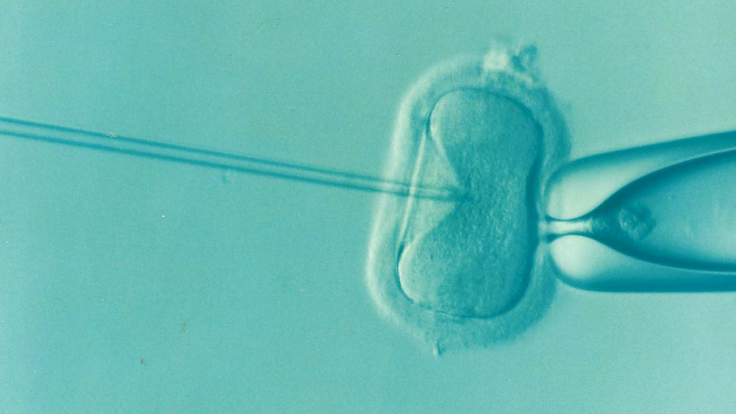5 Ways To Get Pregnant Using Assisted Reproductive Technology
Infertility is very common in the U.S and about 12-13 out of 100 couples have trouble getting pregnant. But, thanks to assisted reproductive technologies, women suffering from infertility have a higher chance of getting pregnant.
Here is a list of the most commonly sought-after assisted reproductive technology:
1. In Vitro Fertilization (IVF)
This type of ART involves retrieving eggs from a woman’s ovaries and fertilizing them with sperm. Once the fertilized egg or the embryo is formed, it can be stored or frozen or transferred into a woman’s uterus to result in pregnancy. You can undergo the IVF method by using your own eggs or donor eggs and your partner’s sperm or donor sperm, depending on your situation. IVF has about 41-43% success rates for women aged under 35.
2. Zygote intrafallopian transfer (ZIFT)
This method is similar to IVF where fertilization is carried out in a laboratory. The young embryo then gets transferred via laparoscopy to the fallopian tube instead of the uterus. This infertility treatment is given to women with a blockage in fallopian tubes which prevent the normal binding of sperm to the egg. ZIFT has a success rate of 64.8%.
3. Gamete intrafallopian transfer (GIFT)
In this method of assisted reproductive technology, both the eggs and sperm are transferred into a woman’s fallopian tube via laparoscopy and the fertilization occurs within the woman’s body. It is one of the rarely used procedure and is done under general anesthesia. Though it isn’t as popular as the IVF, the GIFT has a 50% pregnancy rate per retrieval cycle.
4. Intracytoplasmic sperm injection (ICSI)
In this method, the sperm is directly injected into the cytoplasm of an egg. It is commonly used for older couples or for those with failed attempts at IVF. Unlike the conventional fertilization process where the gametes are placed in a petri dish and let to fertilize on their own, this method involves injecting a single sperm into a mature egg. ICSI is a very successful method and in about 90% of cases resulting in a successful pregnancy.
5. Assisted zona hatching (AZH)
This method is performed shortly prior to transferring the embryo into the uterus. A small hole is made in the zona pellucid or the outer layer surrounding the egg to help the embryo hatch out and aid in the implantation process of the developing embryo. It is a renowned method for improving the capacity of the embryos to implant and has a 10-15% implantation rate for day 2 or day 3 transfers.

© Copyright IBTimes 2024. All rights reserved.






















